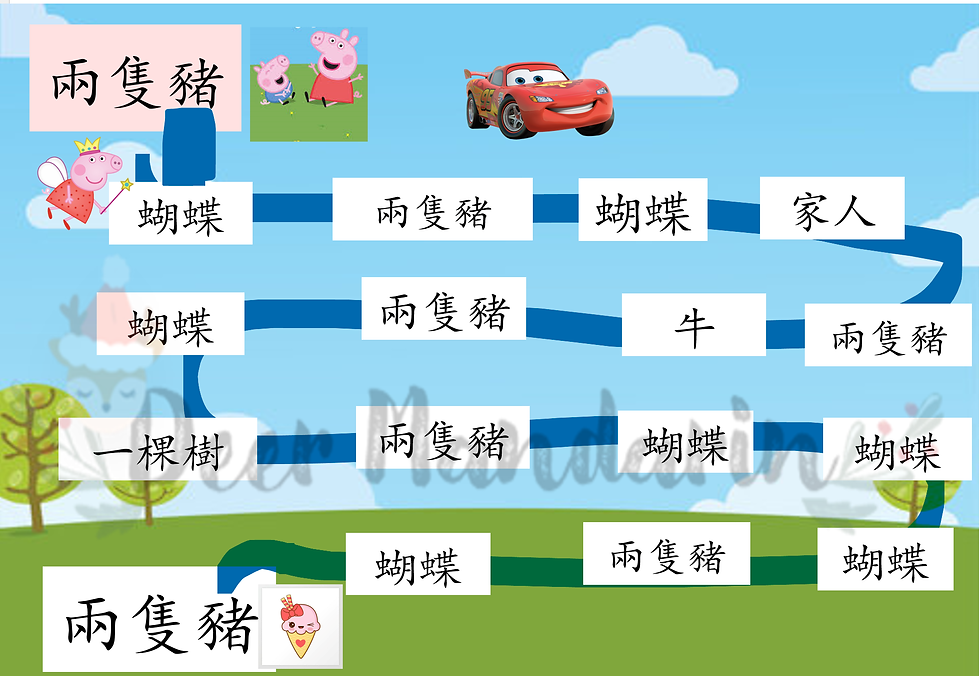What is the first step to learn Mandarin?
- Deer Mandarin
- Jul 12, 2024
- 1 min read
When embarking on the journey of learning Mandarin, it is essential to lay a strong foundation by acquainting yourself with the fundamental aspects of pronunciation and tones in the language. Mandarin Chinese is a tonal language, meaning that the pitch contour in which a syllable is pronounced can change its meaning entirely. The four tones in Mandarin - flat, rising, falling then rising, and falling - play a pivotal role in distinguishing between words.
✅ Four tones: flat (tone 1), rising (tone 2), falling-rising (tone 3), and falling (tone 4).
✅ Each tone changes the meaning of a word, even if the pronunciation of other parts remains the same.
To truly grasp Mandarin pronunciation, it is beneficial to immerse yourself in the language by listening attentively to native speakers. By mimicking their intonation and rhythm, you can refine your own pronunciation skills and develop a more authentic accent.
✅Repetition is key in language learning, so don't hesitate to practice speaking aloud and engaging with Mandarin speakers whenever possible.
Furthermore, understanding the nuances of each tone and how they affect the meaning of words is crucial in effective communication. As you progress in your Mandarin studies, you will discover the beauty and intricacy of tonal languages, and how mastering them can open up a whole new world of expression and connection with others.
🎯 Remember, patience and dedication are key when delving into the rich tapestry of Mandarin pronunciation and tones.




Comments